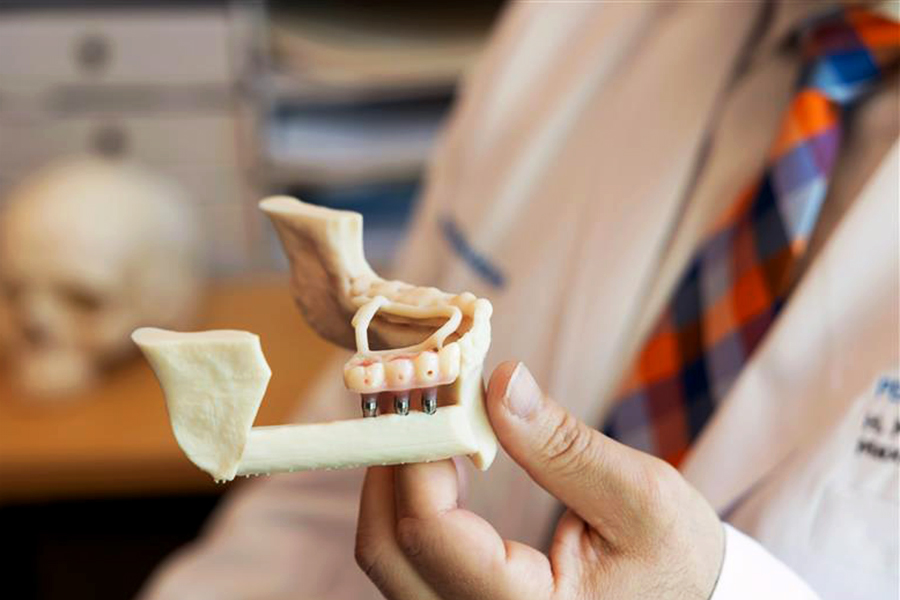Inside KP-October 8, 2017
When Bonnie Bachich talks about chronic pain, she speaks from experience.
The 69-year-old grandmother, retired nurse, and Kaiser Permanente member has endured decades of chronic back pain due to scoliosis and treatments that included surgery to fuse parts of her spine. Over the years, she has sought pain relief through prescription pain killers, muscle relaxants, chiropractic care, acupuncture, and massage.
Just a year ago, she said, if you had asked her what she thought of using meditation to help alleviate her chronic pain, she would have replied, “total hooey.”
But last month, Bachich told a roomful of chronic pain patients in Folsom who were taking a Kaiser Permanente pain management workshop that the tools she learned from the same program — including mindful meditation — have made a profound difference in her life.
“My pain is there every day, but it is no longer overwhelming,” she said. “I’ve practiced breathing and meditation to the point where I know how to make them work. Instead of thinking about how bad my pain is, or being fearful that it’s going to escalate, I think, ‘I have enough skills to control this.’”
Going Beyond Medications and Procedures
Bachich is one of an estimated 25 million Americans who deal with chronic pain — pain lasting more than 12 weeks — every day. Each Kaiser Permanente medical center in Northern California has a chronic pain management program, and the organization’s leader in this area, Darshan Patel, MD, said all take a multidisciplinary approach. This includes offering patients mindfulness training or another form of cognitive behavioral therapy.
“There’s significant evidence that you cannot just treat chronic pain with medications or procedures,” Dr. Patel said. “There’s usually a better outcome for the patient when the treatment also combines cognitive behavioral skills and methods including stress reduction techniques, physical therapy for increased flexibility and movement, and weight management programs when needed.”
This approach has taken on added importance as the nation confronts a public health crisis around addiction to opioid pain killers. The Centers for Disease Control and Prevention (CDC) reported that almost 2 million Americans abused or were dependent on prescription opioids in 2014 and deaths from prescription opioids have more than quadrupled since 1999. Kaiser Permanente Northern California started an opioid safety program in 2013; since then it has seen a 42 percent reduction of all outpatient opioid prescriptions per member per month.
“Opioids work well for acute pain, but not for chronic pain,” explained Mark Tyburski, MD, who leads the Comprehensive Pain Management Department for Kaiser Permanente in the North Valley/Sacramento area. “As we’re tapering people off these drugs, we need to teach them to function with pain and help them manage the anxiety, stress, depression, and sleep disorders that are often associated with chronic pain.”
Skills to Help Reduce Suffering
Last year, Kaiser Permanente in the North Valley/Sacramento area launched a 4-week Essential Skills for Pain Management workshop series that helped Bonnie Bachich find relief from her chronic pain. The series, and the follow-up practice sessions, are led by pain psychologist Les Aria, PhD, and pain physical therapist Kristi Sundahl, PT. Patients can also make individual pain psychology appointments.
The workshops are designed to help patients relate to their pain differently.
“We teach mindful-based movement and mental skills that people can use every day to help them calm their nervous system so they don’t suffer as much from the pain,” Dr. Aria said.
When Bachich started the workshops, she was extremely skeptical. But then she started practicing the meditation and noticing how it helped her body relax.
“I think I have less pain, and I’m not focusing on it so much,” she said. “After all these years, to be able to control my pain without drugs or surgery is so amazing.”
This article originally appeared in Inside KP
Read part 2 of this series, Skills for Managing Chronic Pain.






